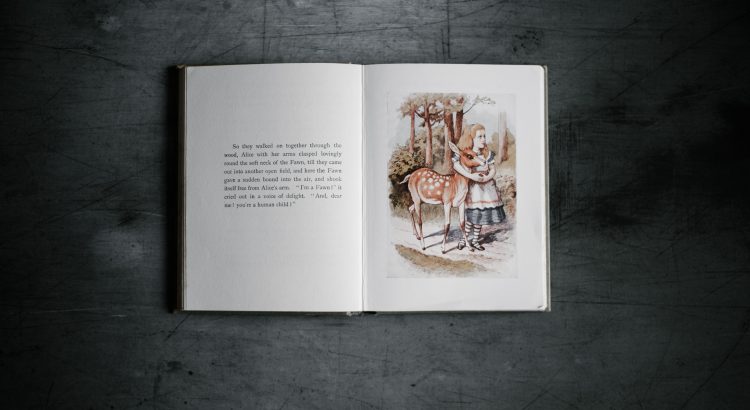Writing for children is never easy. And being an expert in adult literature doesn’t mean that you can churn out a best-selling children’s book overnight. In fact, writing in this genre can be equally challenging and would require in-depth knowledge of how children process and react to stories. The writing process will force you to imagine being a child again, an exercise that can be both exciting and difficult. So before you rush into sending a draft to a publisher or hiring a self-publishing company, consider these tips first:
1. Define Your Audience
Children’s literature comes in various forms and a wide spectrum of readers. It can range from picture books for toddlers to novellas for grade-schoolers. Before you start plotting out your book, make sure that you have a specific market in mind. Define your age range and research books in this category. Take note that you’re not only writing for children; you’re also writing for their parents. After all, they are the ones who will decide which books end up in the family library.
2. Pick a Relatable Theme
A lot of writers shy away from children’s literature because they think that there’s only a limited amount of topics you can write about. This isn’t true at all. A good children’s book writer understands that children can relate to and understand most things adults can. We just need to approach topics differently so that the intended audience can absorb and appreciate the material.
Pick a theme that’s relevant to your target market or something that other writers haven’t touched on yet. Just make sure that you present it from a child’s point of view or in a way that’s important to a child’s world.
3. Create an Outline
Any form of writing requires structure. Each story should have a start, a middle, and an end. To make sure that you don’t lose track of the plot, create an outline before writing. Your writing doesn’t need to be very detailed and annotated. Just note down important details and make sure that the story flows in a logical and interesting way.
4. Visualize Your Ideas
If you’re writing a picture book, it’s good to have a vision of how the pages will look like. Roughly sketch out the scenes so that any succeeding text you write will complement the illustrations. This is especially useful if you’re illustrating the book yourself. If you’re working with an artist, it’s good to have these sketches so that you can run your ideas and facilitate collaboration.
5. Apply the Rules of Writing
“Show, don’t tell,” “don’t preach,” “express, not impress,” “active voice rather than passive voice,” “positive rather than negative,” and “write simple sentences” are some of the many time-tested rules of writing that you can follow. Lastly, make sure that your tone, writing style, and vocabulary are appropriate to your target readership.
Most top-selling and well-received children’s books are those that talk about familiar and relatable themes but in a new and revolutionary way. Just let your imagination run free. Never settle for mediocrity.
Photo by Annie Spratt on Unsplash
